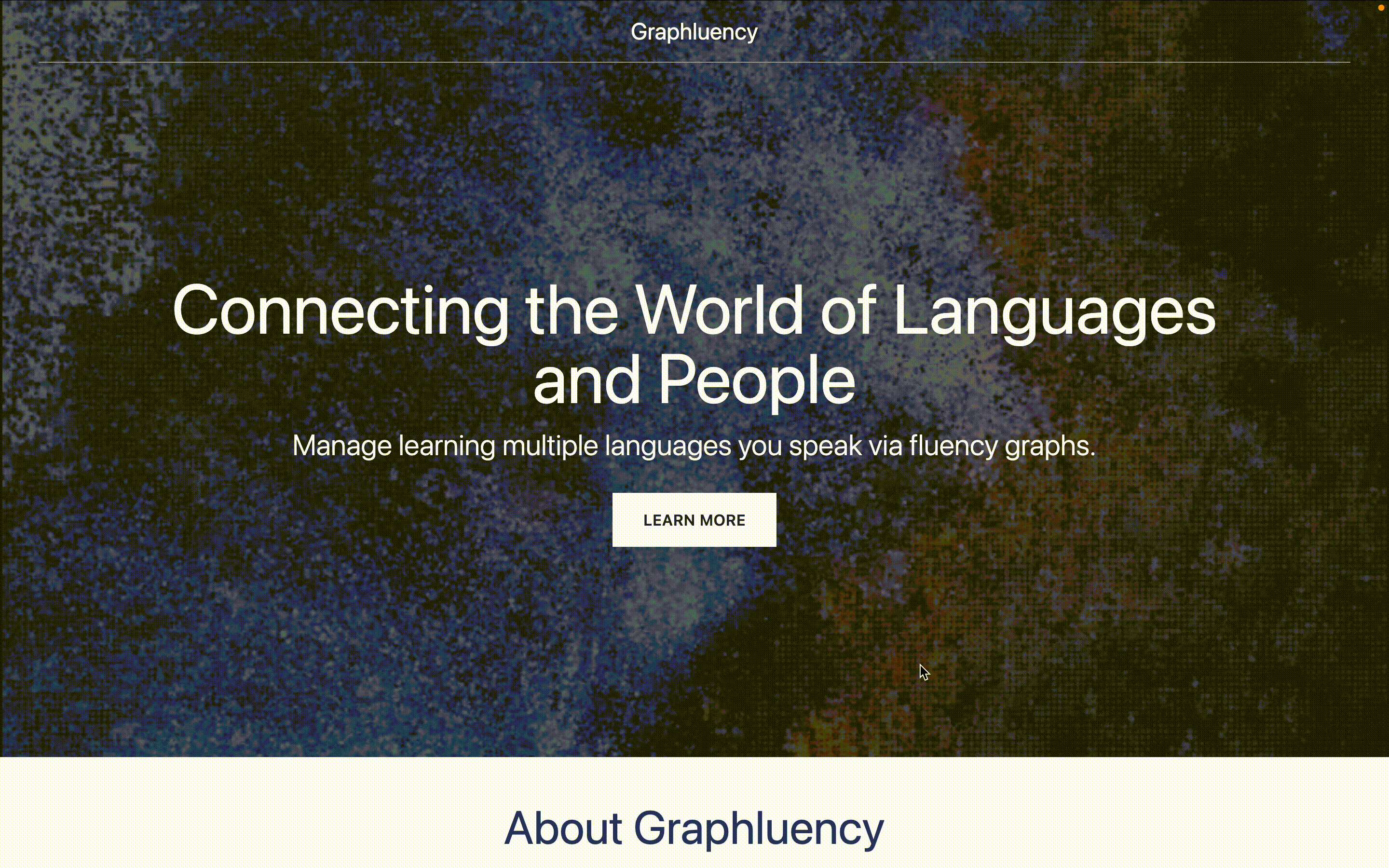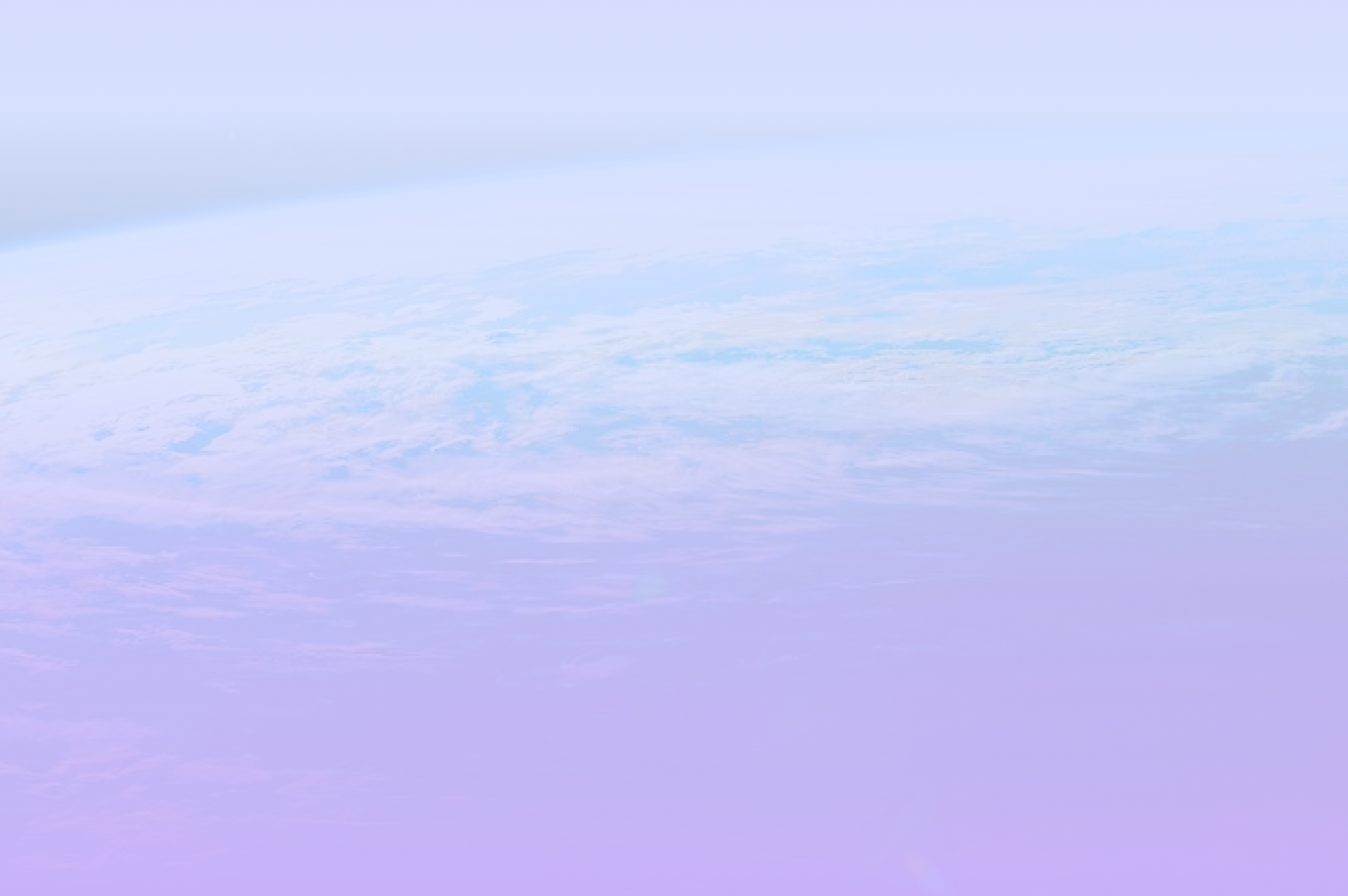
Building Graphluency in Public #001
It occurred to me yesterday that the method of language laddering fully realized has what I’m calling “multilingual fluency graphs” that can be constructed for all the languages we speak or at least familiar with. 🤔
My hope is that by constructing fluency graphs for n-number languages we know that we can see how people and their spoken languages are deeply connected despite our different cultures, backgrounds, and languages.
Furthermore, these graphs are for us to see the vast amounts of similarities between languages for us to construct our own intricate multilingual networks, as either polyglots or those of who are trying to be one. 🌏🌍🌎
Folks, I introduce to you a new project I started building from yesterday and until late in the morning and will be building going forward: Graphluency.com. 📊
There’s just a fancy placeholder landing page for now GoDaddy helped me create, but I’m currently building a full-stack TypeScript, cross-platform Expo app for Web, iOS, and Android and will keep you all updated with any significant progress.
You can find the GitHub repo for the project here: https://github.com/pjnalls/graphluency
…
So far, I’ve been describing multilingual fluency graphs to students who I give English lessons to, but I haven’t found a way until now to visualize the relationships between languages I and they know. ✨
So this is exciting, and I’m looking forward to diving into this project!

